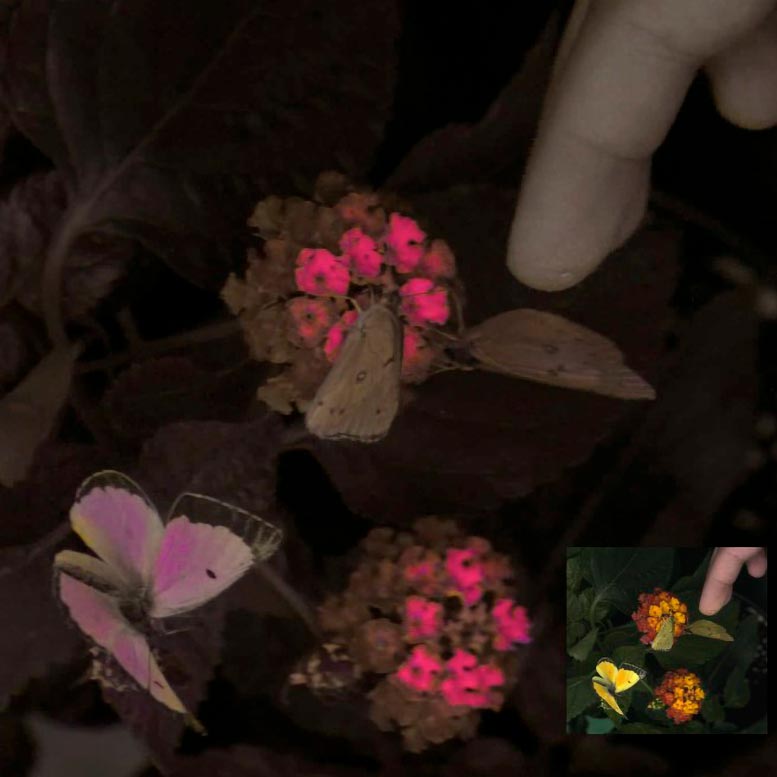A new camera system, capable of replicating how various animals perceive colors, has been developed by researchers. This system overcomes the limitations of traditional methods like spectrophotometry by using a multi-channel approach to accurately capture and display animal-perceived colors under natural conditions. (Artist’s concept.) Credit: SciTechDaily.com
Open-source camera and software system records natural animal-view videos with over 90% accuracy.
A new camera system allows ecologists and filmmakers to produce videos that accurately replicate the colors that different animals see in natural settings, Vera Vasas at the University of Sussex, UK, and colleagues from the Hanley Color Lab at George Mason University, US, report on January 23 in the open access journal PLOS Biology.
Understanding Animal Perception
Different animals perceive the world differently because of the capabilities of the photoreceptors in their eyes. For example, animals like honeybees and some birds can see UV light, which are outside the range of human perception. Reconstructing the colors that animals actually see can help scientists better understand how they communicate and navigate the world around them. False color images give us a glimpse into this dynamic world, but traditional methods such as spectrophotometry are often time-consuming, require specific lighting conditions, and cannot capture moving images.

Vasas et al. (2024) unveil a new camera system and software package that allows both researchers and filmmakers to capture and display animal-view videos. This image of three male orange sulfurs Colias eurytheme is an example of one such depiction. Credit: Daniel Hanley (CC BY 4.0)
Technological Breakthrough in Animal-View Imaging
To address these limitations, researchers developed a novel camera and software system that captures animal-view videos of moving objects under natural lighting conditions. The camera simultaneously records video in four color channels: blue, green, red, and UV. This data can be processed into “perceptual units” to produce an accurate video of how those colors are perceived by animals, based on existing knowledge of the photoreceptors in their eyes. The team tested the system against a traditional method that uses spectrophotometry and found that the new system predicted perceived colors with an accuracy of over 92%.
Impact and Accessibility of the New System
This novel camera system will open new avenues of research for scientists, and allow filmmakers to produce dynamic, accurate depictions of how animals see the world around them, the authors say. The system is built from commercially available cameras, housed in a modular, 3D-printed casing, and the software is available open-source, allowing other researchers to use and build on the technology in the future.
Senior author Daniel Hanley adds, “We’ve long been fascinated by how animals see the world. Modern techniques in sensory ecology allow us to infer how static scenes might appear to an animal; however, animals often make crucial decisions on moving targets (e.g., detecting food items, evaluating a potential mate’s display, etc.) Here, we introduce hardware and software tools for ecologists and filmmakers that can capture and display animal-perceived colors in motion.”
Reference: “Recording animal-view videos of the natural world using a novel camera system and software package” by Vera Vasas, Mark C. Lowell, Juliana Villa, Quentin D. Jamison, Anna G. Siegle, Pavan Kumar Reddy Katta, Pushyami Bhagavathula, Peter G. Kevan, Drew Fulton, Neil Losin, David Kepplinger, Michael K. Yetzbacher, Shakiba Salehian, Rebecca E. Forkner and Daniel Hanley, 23 January 2024, PLOS Biology.
DOI: 10.1371/journal.pbio.3002444





